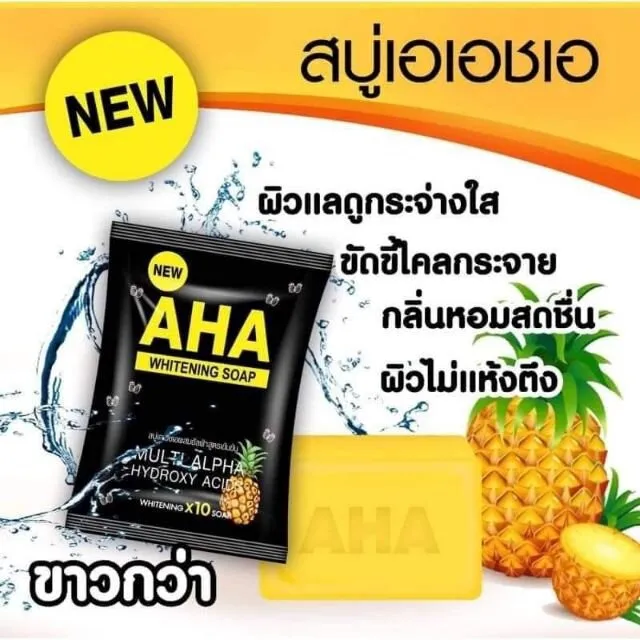What is AHA Whitening Soap
AHA whitening soap is a skincare product formulated with Alpha Hydroxy Acids (AHAs) designed to address uneven skin tone, hyperpigmentation, and dullness. These soaps typically contain AHAs like glycolic acid, lactic acid, citric acid, or mandelic acid, which work by exfoliating the skin’s surface. The primary goal of these soaps is to promote a brighter and more even complexion. The inclusion of AHAs in soap form offers a convenient way to incorporate chemical exfoliation into your daily skincare routine. However, understanding the science behind AHAs and how they interact with the skin is critical to manage expectations and ensure proper use.
The Science Behind AHA
Alpha Hydroxy Acids are a group of naturally occurring or synthetic acids derived from various sources, such as fruits, milk, and sugar cane. The most common AHAs in skincare include glycolic acid (derived from sugarcane), lactic acid (from milk), citric acid (from citrus fruits), and mandelic acid (from almonds). These acids are water-soluble and primarily target the skin’s surface, making them effective for addressing issues like fine lines, uneven texture, and superficial discoloration. The effectiveness of an AHA depends on its concentration, pH level, and the specific type of acid used. Different AHAs have varying molecular sizes, which affects their penetration depth and how they interact with the skin. For example, glycolic acid has the smallest molecular size, allowing it to penetrate more deeply and potentially causing more intense exfoliation.
How AHAs Work on Skin
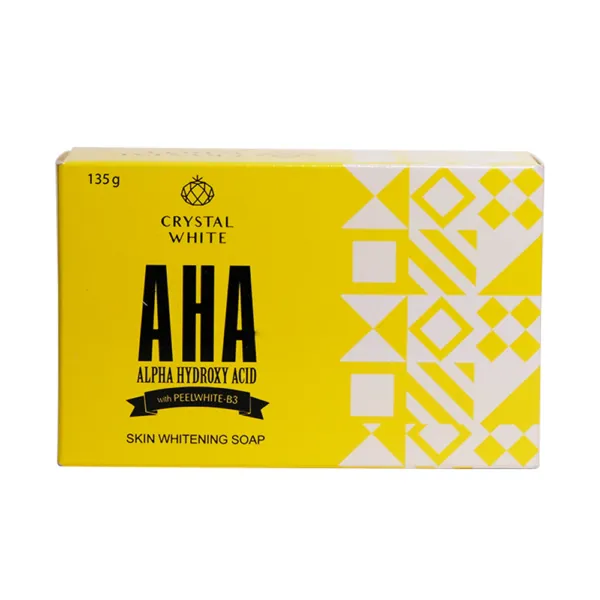
AHAs work by disrupting the bonds that hold dead skin cells together, promoting exfoliation and revealing fresh, new skin underneath. This process helps to remove the build-up of dead cells, which can lead to a brighter complexion and smoother skin texture. Beyond exfoliation, AHAs also stimulate collagen production, which can improve skin firmness and reduce the appearance of fine lines and wrinkles. Regular use of AHA products can lead to enhanced skin hydration as well, as the exfoliation process allows moisturizers to penetrate more effectively. However, it is crucial to note that using AHA products, including AHA whitening soap, can increase the skin’s sensitivity to the sun. Therefore, sun protection is a must when incorporating AHAs into your skincare routine.
AHA Whitening Soap Ingredients
AHA whitening soaps are designed to deliver the benefits of AHAs through a cleansing process. The effectiveness of these soaps hinges on the quality and concentration of the active ingredients. The formulation can vary widely, so carefully reviewing the ingredient list is essential to understanding how the soap works and if it suits your skin type. Along with AHAs, these soaps also include a base of cleansing agents, which may include sodium palmate, sodium cocoate, or other surfactants that create lather and remove dirt and oil. In addition to the active and cleansing ingredients, many AHA soaps also contain other beneficial components, such as moisturizing agents, antioxidants, and fragrances, enhancing the overall skincare experience and target specific skin concerns.
Key Ingredients to Look For
When choosing an AHA whitening soap, focus on products that clearly list the specific AHA used (e.g., glycolic acid, lactic acid) and its concentration. Look for concentrations between 5% and 10% for effective yet gentle exfoliation. Besides the AHA, look for moisturizing ingredients like glycerin or hyaluronic acid, to help maintain skin hydration. Vitamins such as vitamin C or E can provide antioxidant benefits, protecting the skin from environmental damage and further promoting a brighter complexion. Fragrance-free or hypoallergenic formulations are ideal, especially for those with sensitive skin. Always check the ingredient list for potential allergens or irritants to ensure the soap is compatible with your skin.
Ingredients to Avoid
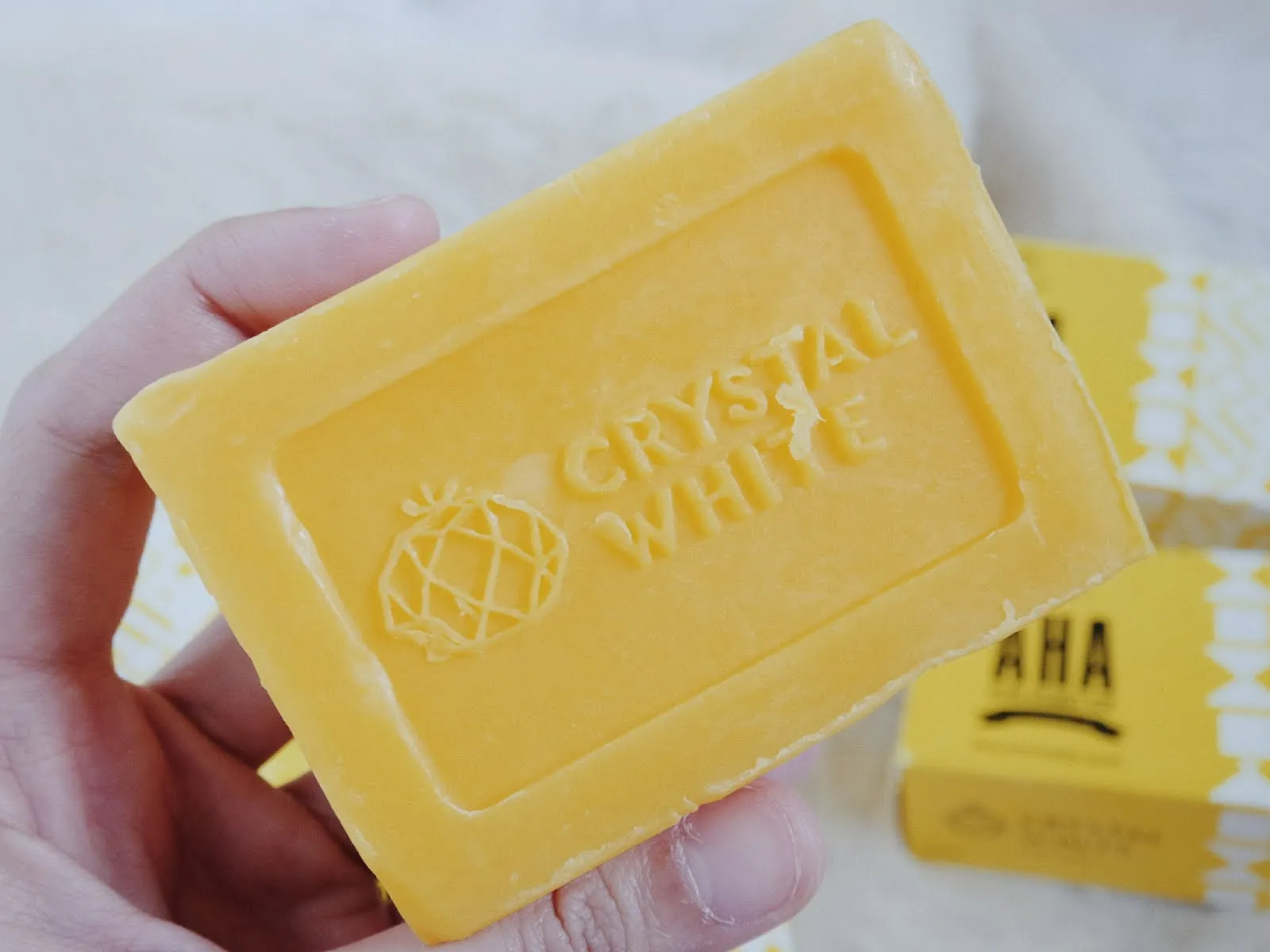
Certain ingredients can negate the benefits of an AHA soap or irritate the skin. Avoid soaps that contain high amounts of harsh sulfates, such as sodium lauryl sulfate (SLS), which can strip the skin of its natural oils, leading to dryness and irritation. Added fragrances and dyes can cause allergic reactions, especially for those with sensitive skin. Products containing high alcohol content can also be drying. If you have sensitive skin, it’s best to avoid soaps with a long list of ingredients, as the more components, the higher the chance of irritation. Always read the ingredient list carefully and perform a patch test before regular use to minimize potential adverse reactions.
AHA Whitening Soap Benefits
AHA whitening soaps offer several benefits, mainly due to their exfoliating properties. By removing dead skin cells, these soaps reveal brighter, smoother skin, and they can also help address specific skin concerns such as uneven skin tone and pigmentation issues. The regular use of AHA soap can lead to a more radiant complexion and improved skin texture. However, the effectiveness of an AHA soap largely depends on its formulation, the specific AHA used, and the individual’s skin type and sensitivity.
Skin Brightening
One of the main benefits of AHA whitening soap is its skin-brightening effect. By exfoliating the top layer of the skin, AHAs remove dull, dead skin cells that can make the complexion appear lackluster. This exfoliation reveals fresher skin underneath, resulting in a more radiant and luminous appearance. Over time, regular use of AHA soap can help even out skin tone and diminish the appearance of dark spots or hyperpigmentation. The skin-brightening effect is particularly beneficial for those who have sun damage or post-inflammatory hyperpigmentation (PIH) from acne.
Exfoliation
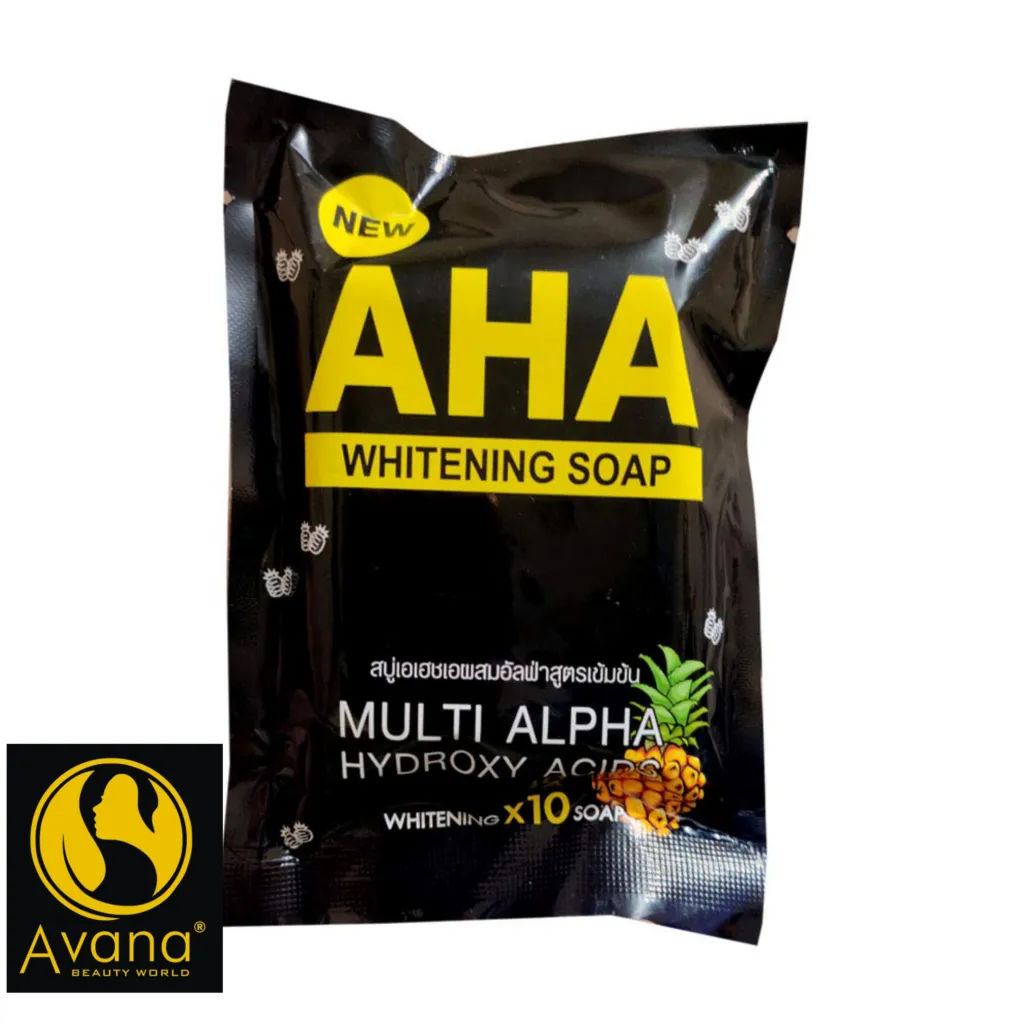
The exfoliating action of AHA whitening soap is crucial for its effectiveness. AHAs gently loosen the bonds between dead skin cells, promoting their shedding. This exfoliation process not only brightens the skin but also helps to unclog pores, reducing the likelihood of breakouts. Exfoliation also allows other skincare products to penetrate the skin more effectively, maximizing their benefits. Regular exfoliation can improve skin texture, making it feel smoother and more refined. However, it’s essential not to over-exfoliate, as this can lead to irritation and sensitivity. Start with infrequent use and gradually increase as your skin tolerates it.
Improved Skin Texture
Beyond skin brightening and exfoliation, AHA whitening soaps can contribute to an overall improvement in skin texture. By removing dead skin cells, the soap helps to minimize the appearance of fine lines and wrinkles. The stimulation of collagen production, often associated with AHA use, can lead to firmer, more elastic skin over time. This results in a smoother, more youthful complexion. The regular use of AHA soaps can also help reduce the appearance of acne scars and other skin imperfections. However, it is important to pair the use of this soap with a good skincare routine and sun protection.
AHA Whitening Soap Usage and Application
Proper use of AHA whitening soap is essential to maximize its benefits and minimize the risk of side effects. It’s crucial to follow the directions carefully and adjust the frequency of use based on your skin’s tolerance. The combination of the soap with the correct skincare routine and sun protection will yield the best results.
How to Use AHA Soap Correctly
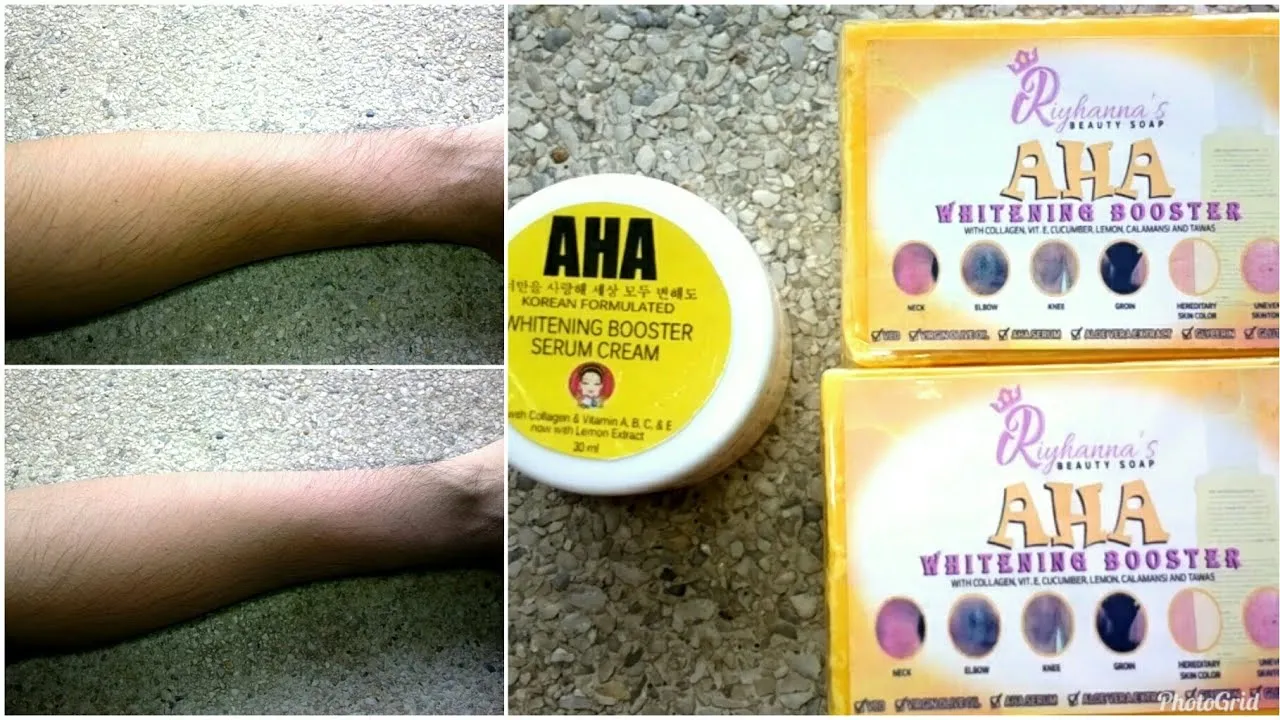
When using AHA whitening soap, wet your face with lukewarm water. Lather the soap in your hands, then gently massage the lather onto your face in circular motions, avoiding the eye area. Rinse thoroughly with lukewarm water, and pat your skin dry with a soft towel. It is always best to start with a low concentration and infrequent use, maybe once or twice a week, to assess your skin’s reaction. If your skin tolerates it well, you can gradually increase the frequency. Always follow up with a moisturizer to keep your skin hydrated, especially if the soap contains a high concentration of AHA. Do not use it more than once a day, especially if you are new to this kind of product.
Frequency of Use
The frequency of using AHA whitening soap depends on your skin type, the concentration of AHA in the soap, and your skin’s sensitivity. Start with using the soap once or twice a week, especially if you have sensitive skin. Observe your skin’s reaction over a few weeks. If your skin tolerates the soap well without any irritation or excessive dryness, you can gradually increase the frequency to up to once a day. However, if you experience any redness, burning, or peeling, reduce the frequency or discontinue use. Always listen to your skin and adjust the routine as needed to maintain its health and balance.
Sun Protection and AHA
One of the most critical considerations when using AHA whitening soap is sun protection. AHAs increase the skin’s sensitivity to the sun’s rays, making it more susceptible to sun damage. Therefore, it is essential to apply a broad-spectrum sunscreen with an SPF of 30 or higher every morning, regardless of the weather. Reapply sunscreen every two hours when outdoors, especially if you are swimming or sweating. Wearing protective clothing, hats, and sunglasses can further protect the skin. If you don’t have good sun protection, it will negate all the benefits of the product, potentially making your skin worse. Incorporating sun protection into your skincare routine is critical when using any product containing AHAs.
AHA Whitening Soap Side Effects and Precautions
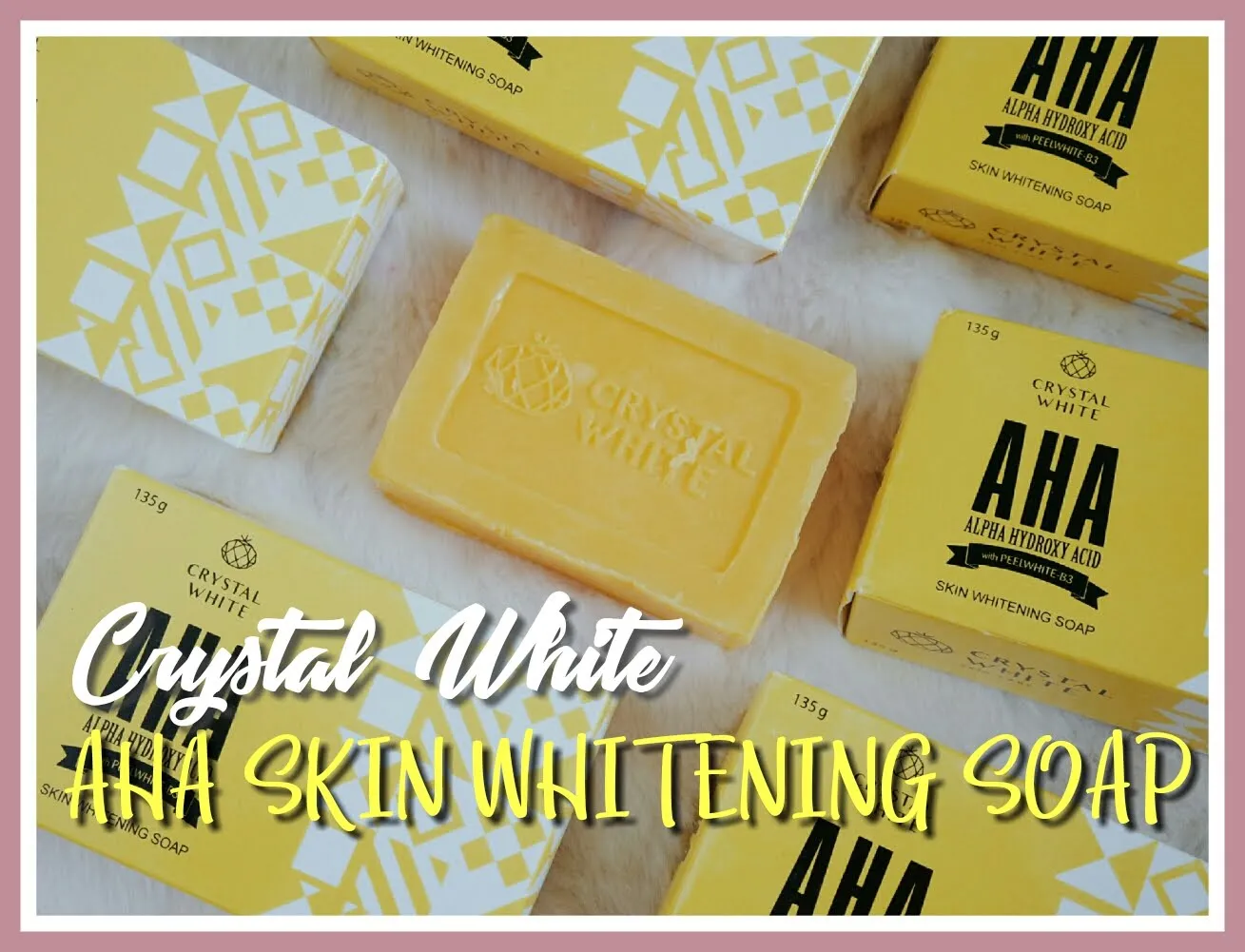
While AHA whitening soaps offer numerous benefits, it is important to be aware of potential side effects and take necessary precautions to avoid adverse reactions. Being informed about the risks and following safety guidelines will ensure a positive experience. If you experience side effects, it is critical to understand the possible causes and appropriate measures to take to mitigate discomfort and complications.
Common Side Effects
The most common side effects of AHA whitening soap include mild redness, burning, itching, and peeling, especially when starting. These side effects are usually temporary and subside as the skin adjusts to the product. More severe side effects can occur, such as excessive dryness, irritation, and even chemical burns. If you experience any of these, stop using the soap immediately and consult a dermatologist. Always perform a patch test before widespread use, and carefully follow the instructions to minimize the risk of adverse reactions. The skin may become more sensitive to the sun, so it is critical to use sunscreen.
Who Should Avoid AHA Soap
While AHA whitening soap is suitable for many skin types, certain individuals should avoid it. Those with sensitive skin, rosacea, eczema, or other skin conditions should consult a dermatologist before using AHA soap. People who are taking photosensitizing medications should also avoid AHA products. If you have open wounds, cuts, or sunburns, do not use AHA soap. Additionally, pregnant or breastfeeding women should consult a healthcare professional before using AHA products. Listen to your skin. If you feel any burning sensation, irritation, or peeling, consider reducing the frequency or discontinuing the use. Always prioritize the health of your skin.
AHA Whitening Soap Review Summary
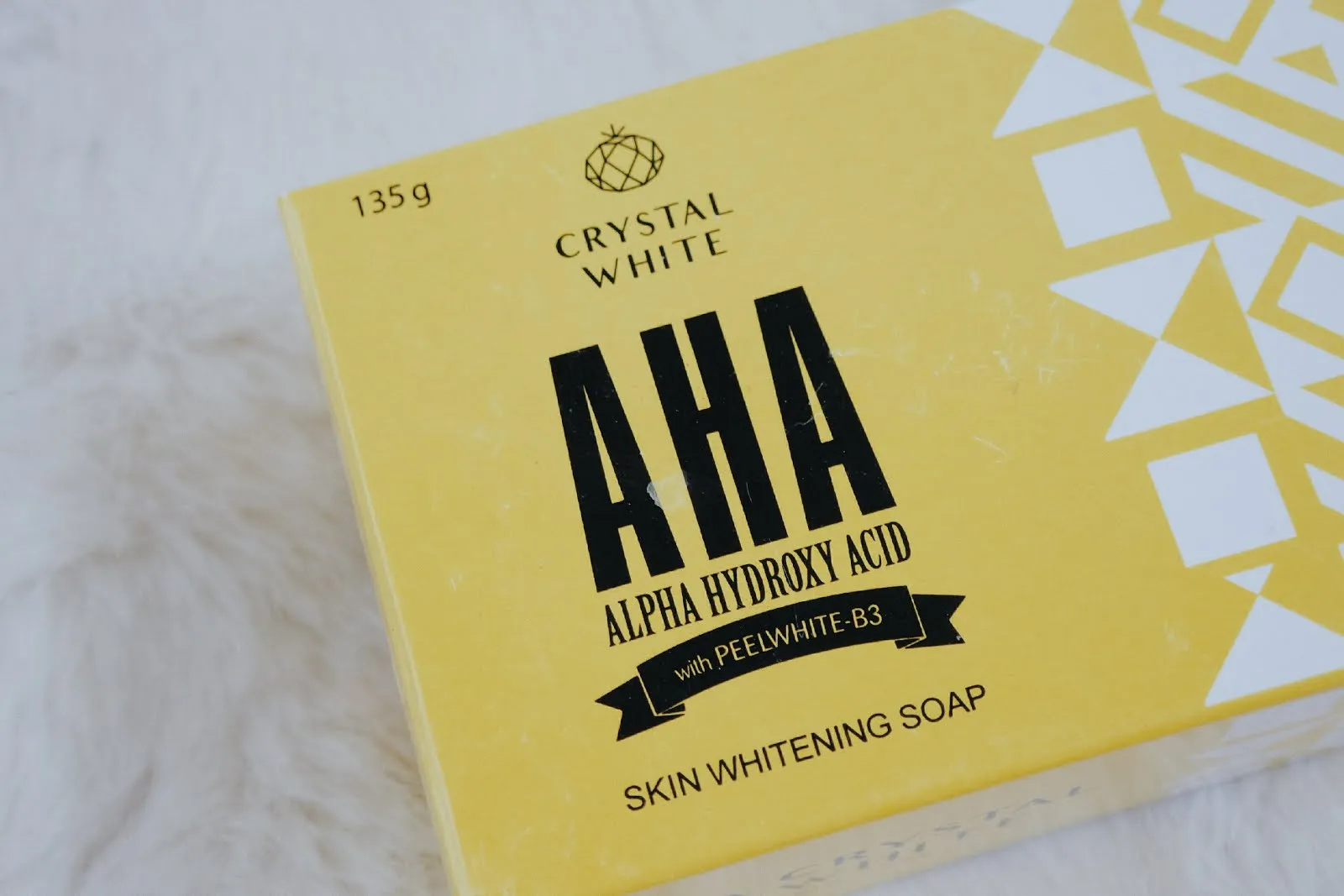
AHA whitening soap can be a beneficial addition to your skincare routine, offering exfoliation, skin brightening, and improved texture. However, it is not a one-size-fits-all solution. Knowing the benefits, side effects, and usage guidelines are crucial for optimal results. When used correctly and combined with other essential skincare practices like sun protection, these soaps can improve skin health and appearance.
Pros and Cons
- Pros: Effective exfoliation, skin brightening, improved skin texture, potential reduction of fine lines and wrinkles, convenient to use.
- Cons: Can cause irritation and dryness, increased sun sensitivity, not suitable for all skin types, may require a gradual introduction, can be drying for sensitive skin.
Final Verdict
AHA whitening soap can be a valuable product for those looking to improve their skin’s appearance. The key is to choose a product with the right ingredients, follow the usage instructions carefully, and prioritize sun protection. If you have sensitive skin or specific skin conditions, consult a dermatologist before using. With proper use and consideration, AHA whitening soap can be a useful tool to achieve a brighter and more radiant complexion.
